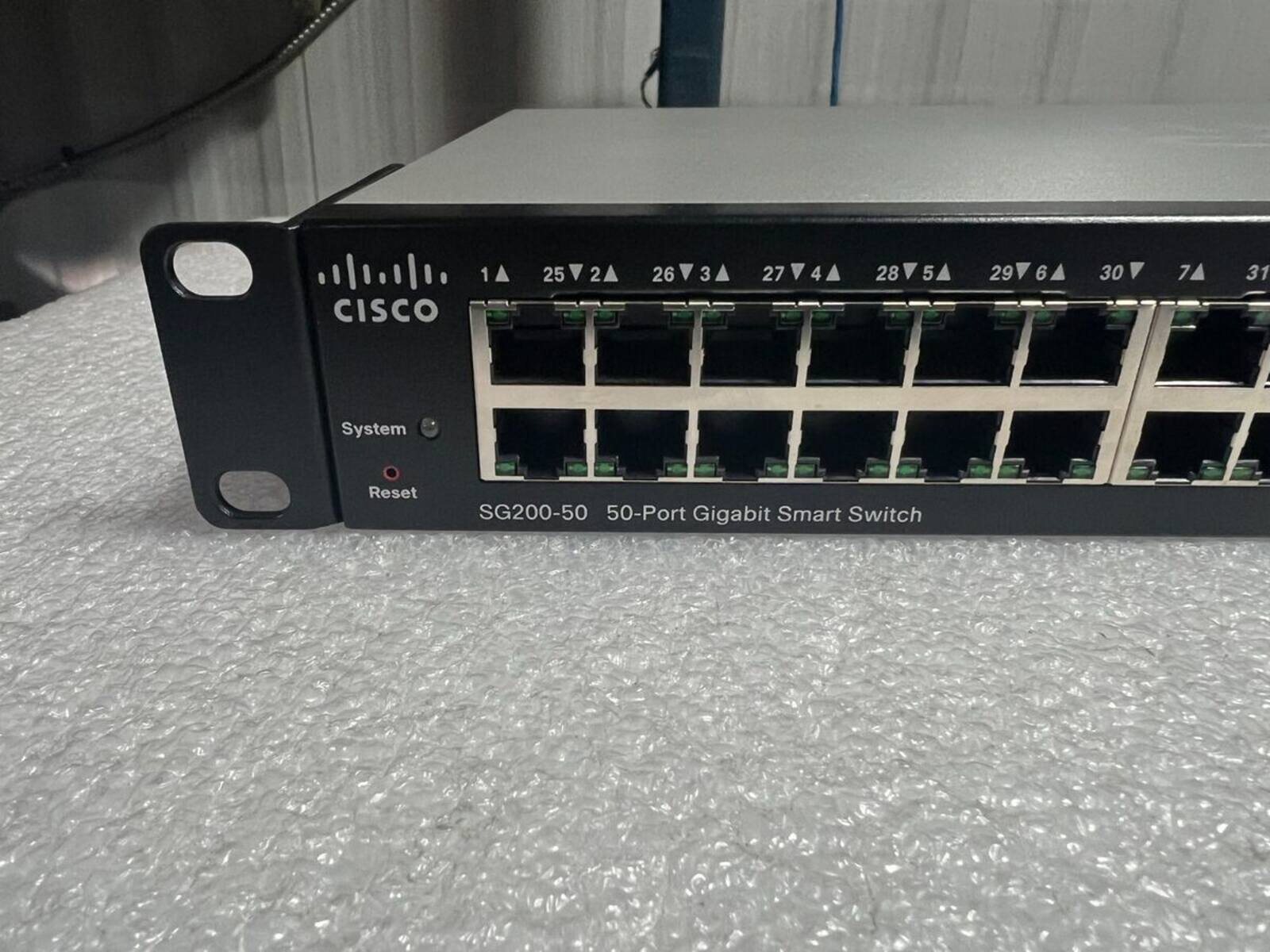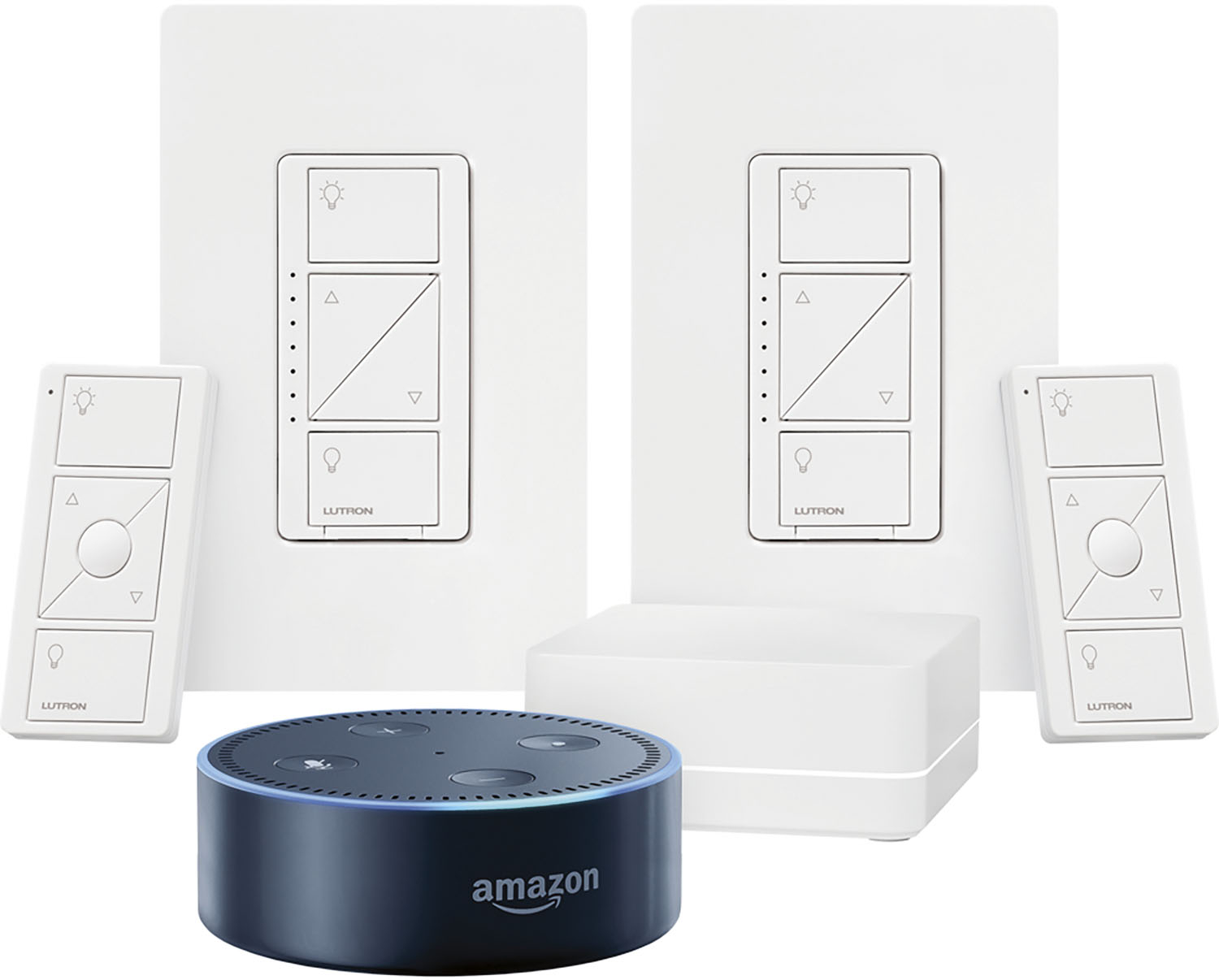Introduction
Smart network switch is a feature found on many modern smartphones and other mobile devices. It is designed to automatically switch between Wi-Fi and mobile data networks to ensure a seamless internet connection. This feature is especially useful when the Wi-Fi network signal is weak or unstable, as it can help maintain a consistent internet connection without manual intervention from the user.
Smart network switch aims to provide a smooth online experience by intelligently transitioning between Wi-Fi and mobile data connections based on signal strength and stability. This functionality is particularly beneficial for users who frequently move between different Wi-Fi networks or areas with varying signal strengths. By automatically selecting the most reliable and robust network available, smart network switch helps prevent interruptions in internet connectivity and ensures a continuous online experience.
In this article, we will delve into the specifics of smart network switch, exploring its functionality, benefits, drawbacks, and how to enable or disable it on your device. Understanding how smart network switch operates and its potential advantages and limitations can empower users to make informed decisions about utilizing this feature to optimize their internet connectivity. Let's explore the intricacies of smart network switch and its impact on the overall user experience.
What is Smart Network Switch?
Smart network switch, also known as “auto network switch” or “auto network selection,” is a feature integrated into the settings of many smartphones and mobile devices. Its primary function is to automatically transition between Wi-Fi and mobile data networks based on signal strength and stability. This intelligent network switching mechanism empowers users to maintain a consistent and reliable internet connection without the need for manual intervention.
When a device with smart network switch enabled detects that the Wi-Fi network signal is weak, unstable, or unavailable, it seamlessly switches to the mobile data network to ensure uninterrupted internet connectivity. Conversely, when a strong and stable Wi-Fi signal is detected, the device automatically connects to the Wi-Fi network, thus conserving mobile data usage and potentially providing faster internet speeds.
Smart network switch operates in the background, continuously monitoring the quality of available networks and making swift decisions to optimize the user’s internet experience. This feature is particularly valuable for individuals who frequently move between different Wi-Fi networks or encounter areas with varying signal strengths. By leveraging smart network switch, users can mitigate the impact of fluctuating network conditions and enjoy a seamless online experience.
It is important to note that the specific terminology and location of the smart network switch feature may vary across different device models and manufacturers. While some devices may explicitly label this functionality as “smart network switch,” others might refer to it using alternative terms, such as “auto network selection” or “Wi-Fi assistant.” Regardless of the nomenclature, the core purpose remains consistent: to facilitate automatic network switching for enhanced internet connectivity.
How Does Smart Network Switch Work?
Smart network switch operates by employing intelligent algorithms to assess the quality and stability of available Wi-Fi and mobile data networks. When a device with smart network switch enabled detects that the Wi-Fi network signal is weak, unstable, or unavailable, it seamlessly switches to the mobile data network to ensure uninterrupted internet connectivity. Conversely, when a strong and stable Wi-Fi signal is detected, the device automatically connects to the Wi-Fi network, thus conserving mobile data usage and potentially providing faster internet speeds.
Several key factors influence the decision-making process of smart network switch:
- Signal Strength: The feature evaluates the strength of the Wi-Fi signal and compares it to the available mobile data network signal. If the Wi-Fi signal is deemed inadequate, the device switches to the mobile data network to maintain a stable internet connection.
- Network Stability: Smart network switch assesses the stability of the Wi-Fi network by analyzing factors such as latency, packet loss, and signal consistency. If the Wi-Fi network exhibits signs of instability, the device transitions to the mobile data network for a more reliable connection.
- User Preferences: Some devices allow users to customize the behavior of smart network switch based on their preferences. For example, users may have the option to prioritize Wi-Fi networks over mobile data or vice versa, depending on their specific needs and data usage constraints.
It is important to highlight that smart network switch operates seamlessly in the background, minimizing disruptions to the user’s online activities. By continuously monitoring network conditions and swiftly transitioning between available networks, this feature aims to optimize internet connectivity and deliver a smooth browsing experience.
Furthermore, smart network switch is designed to be intuitive and user-friendly, requiring minimal manual intervention. Its automated functionality serves to alleviate the burden on users to manually switch between Wi-Fi and mobile data networks, especially in situations where network conditions are fluctuating or unpredictable.
By leveraging advanced network assessment algorithms, smart network switch empowers users to stay connected to the internet with minimal interruptions, regardless of the prevailing network conditions.
Benefits of Using Smart Network Switch
Smart network switch offers several compelling benefits that enhance the user experience and optimize internet connectivity. Understanding these advantages can help users leverage this feature effectively to ensure seamless and reliable network transitions. Some notable benefits of using smart network switch include:
- Seamless Network Transitions: By automatically switching between Wi-Fi and mobile data networks based on signal strength and stability, smart network switch ensures uninterrupted internet connectivity, minimizing the impact of fluctuating network conditions on the user’s online activities.
- Conservation of Mobile Data: Smart network switch helps conserve mobile data usage by prioritizing Wi-Fi networks whenever a strong and stable signal is detected, reducing reliance on mobile data and potentially lowering data consumption costs for users with limited data plans.
- Enhanced Browsing Experience: This feature contributes to a smoother browsing experience by swiftly adapting to network fluctuations, thereby reducing the likelihood of sudden disconnections or slow internet speeds often associated with weak or unstable Wi-Fi signals.
- Optimized Battery Life: By intelligently managing network transitions, smart network switch can contribute to improved battery life by minimizing the energy consumption associated with continuously searching for and connecting to stable Wi-Fi networks.
- Convenience and User-Friendliness: Smart network switch operates seamlessly in the background, requiring minimal user intervention. This convenience allows users to focus on their online activities without the need to manually manage network connections, enhancing overall usability.
These benefits collectively underscore the value of smart network switch in providing a reliable, efficient, and user-centric approach to network connectivity management. By leveraging the automatic network selection capabilities of this feature, users can enjoy a more consistent and hassle-free internet experience, irrespective of the prevailing network conditions.
Drawbacks of Smart Network Switch
While smart network switch offers several advantages, it is important to acknowledge its potential drawbacks to provide a comprehensive understanding of its functionality. Some notable drawbacks of smart network switch include:
- Unintended Data Usage: In certain scenarios, smart network switch may inadvertently lead to increased mobile data usage if the device frequently switches to the mobile data network due to minor fluctuations in Wi-Fi signal strength. This can potentially result in higher data consumption, particularly for users with limited data plans.
- Delayed Network Transitions: There may be instances where smart network switch experiences delays in transitioning between Wi-Fi and mobile data networks, leading to temporary interruptions in internet connectivity or slower response times during the network switch process.
- Potential Battery Drain: While smart network switch aims to optimize battery life by conserving energy during network transitions, the feature’s continuous monitoring and decision-making processes may contribute to marginal battery drain over time, especially if the device frequently switches between networks.
- Reduced Control for Advanced Users: Some advanced users may prefer to manually manage their network connections to exert greater control over data usage, network prioritization, or specific network configurations. Smart network switch’s automated nature may limit the level of control that these users can exercise over their network preferences.
- Device-Specific Variability: The performance and behavior of smart network switch can vary across different device models and manufacturers, leading to inconsistencies in user experiences and outcomes. This variability may stem from differences in network assessment algorithms, user interface design, and feature implementation.
While these drawbacks highlight potential challenges associated with smart network switch, it is essential to recognize that the impact of these limitations can vary based on individual usage patterns, network conditions, and device configurations. By understanding these drawbacks, users can make informed decisions about whether to enable or disable smart network switch based on their specific preferences and requirements.
How to Enable/Disable Smart Network Switch
Enabling or disabling smart network switch on your mobile device involves accessing the device’s settings and navigating to the appropriate network or connectivity options. The specific steps for enabling or disabling this feature may vary based on the device model, operating system, and user interface design. However, the general process typically involves the following steps:
Enabling Smart Network Switch:
- Access the “Settings” menu on your mobile device.
- Locate and select the “Network & Internet” or “Connections” option, depending on your device’s interface.
- Within the network settings, look for the “Wi-Fi” or “Wi-Fi Settings” section.
- Depending on your device, you may find the smart network switch feature listed as “Auto Network Switch,” “Wi-Fi Assistant,” or a similar designation.
- Toggle the switch or checkbox associated with the smart network switch feature to enable it. Some devices may provide additional customization options, such as network prioritization settings.
- Once enabled, the device will automatically transition between Wi-Fi and mobile data networks based on signal strength and stability.
Disabling Smart Network Switch:
- Access the “Settings” menu on your mobile device.
- Navigate to the “Network & Internet” or “Connections” section, depending on your device’s interface.
- Locate the “Wi-Fi” or “Wi-Fi Settings” option within the network settings.
- Find the smart network switch feature, which may be labeled as “Auto Network Switch,” “Wi-Fi Assistant,” or a similar term.
- Toggle the switch or checkbox associated with the smart network switch feature to disable it.
- Upon disabling smart network switch, the device will no longer automatically switch between Wi-Fi and mobile data networks based on signal strength, providing users with more manual control over network selection.
It is important to consult the device’s user manual or online support resources for specific instructions tailored to your device model and operating system version. By following these steps, users can easily manage the activation or deactivation of smart network switch to align with their network connectivity preferences and usage requirements.
Conclusion
Smart network switch serves as a valuable tool for optimizing internet connectivity on mobile devices, offering automatic network transitions between Wi-Fi and mobile data networks based on signal strength and stability. By seamlessly managing network selection, this feature aims to deliver a smooth and uninterrupted online experience for users, particularly in environments with fluctuating network conditions.
While smart network switch presents several benefits, such as conserving mobile data, enhancing browsing experiences, and providing user convenience, it is important to recognize its potential drawbacks, including unintended data usage and delayed network transitions. Understanding these considerations empowers users to make informed decisions about leveraging this feature to suit their individual preferences and usage patterns.
Enabling or disabling smart network switch involves accessing the device’s settings and navigating to the appropriate network or connectivity options. By following the specific steps tailored to their device model and operating system, users can easily manage the activation or deactivation of smart network switch to align with their network connectivity preferences and usage requirements.
Ultimately, the decision to utilize smart network switch hinges on the user’s unique network environment, data usage habits, and preferences for automated network management. By weighing the benefits and drawbacks of this feature and understanding the process of enabling or disabling it, users can effectively harness smart network switch to optimize their mobile internet connectivity and enhance their overall online experience.

























